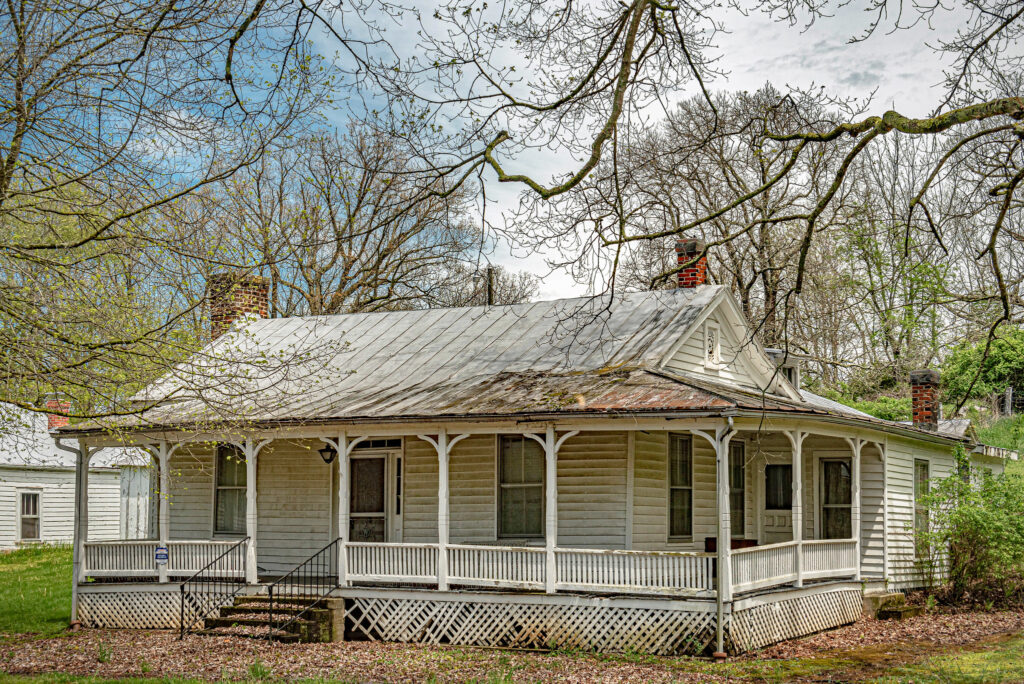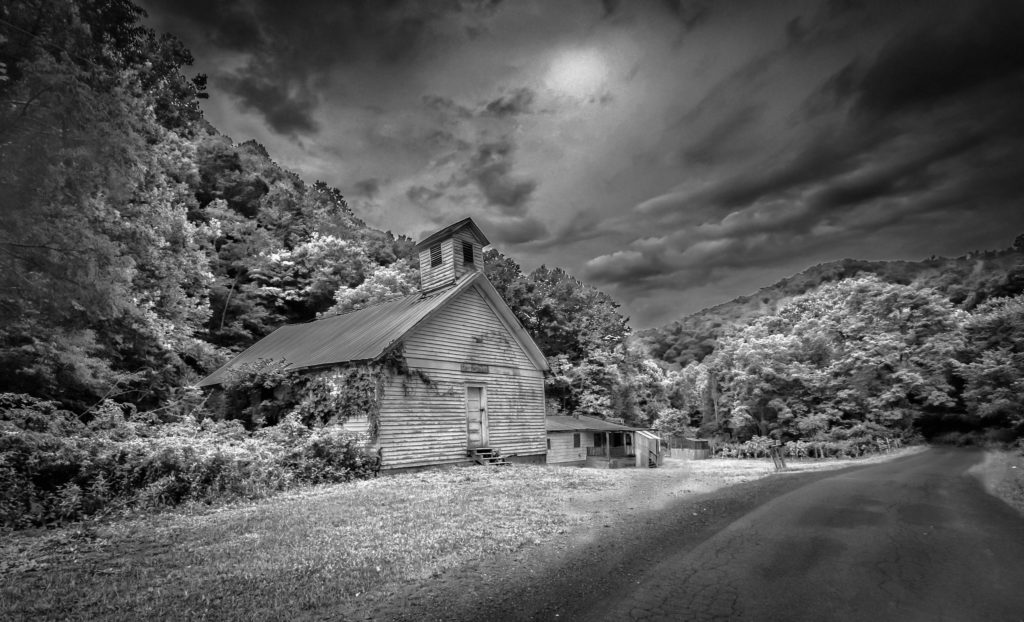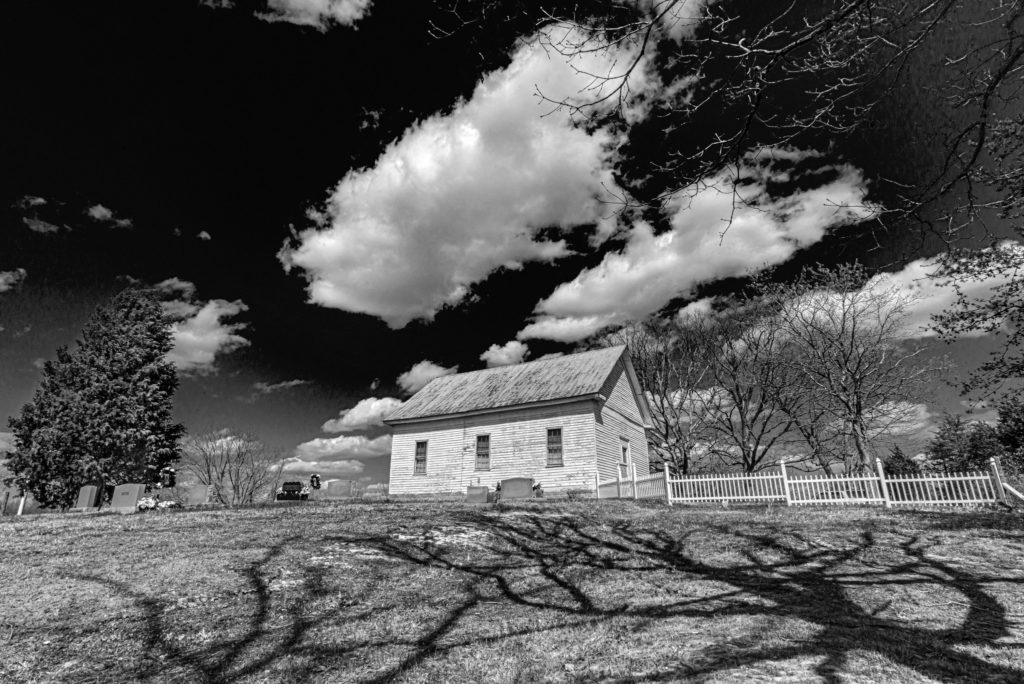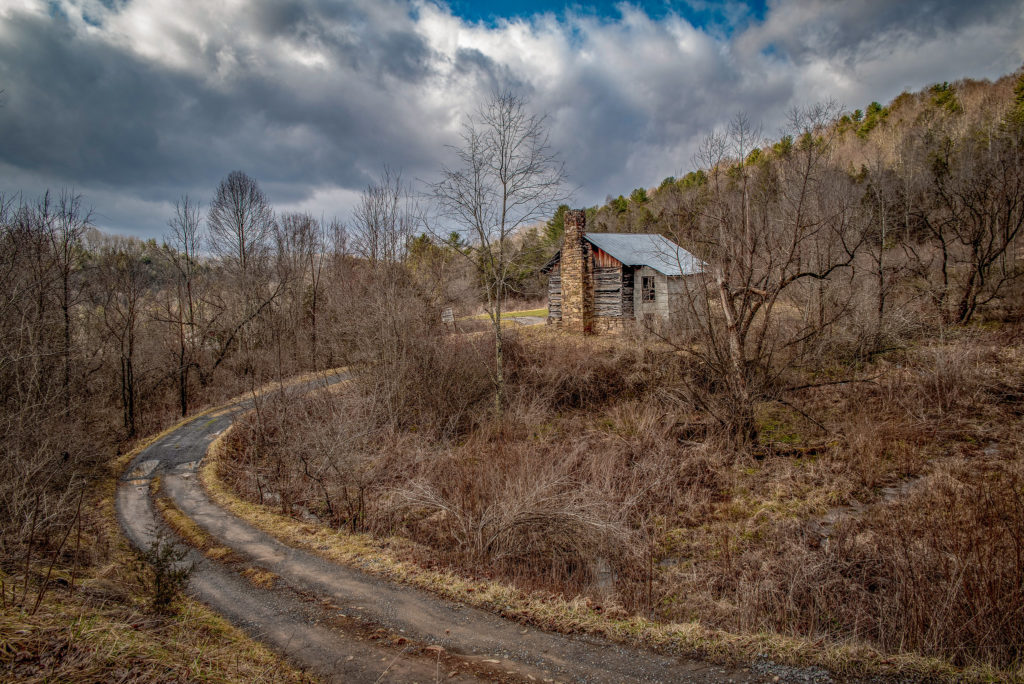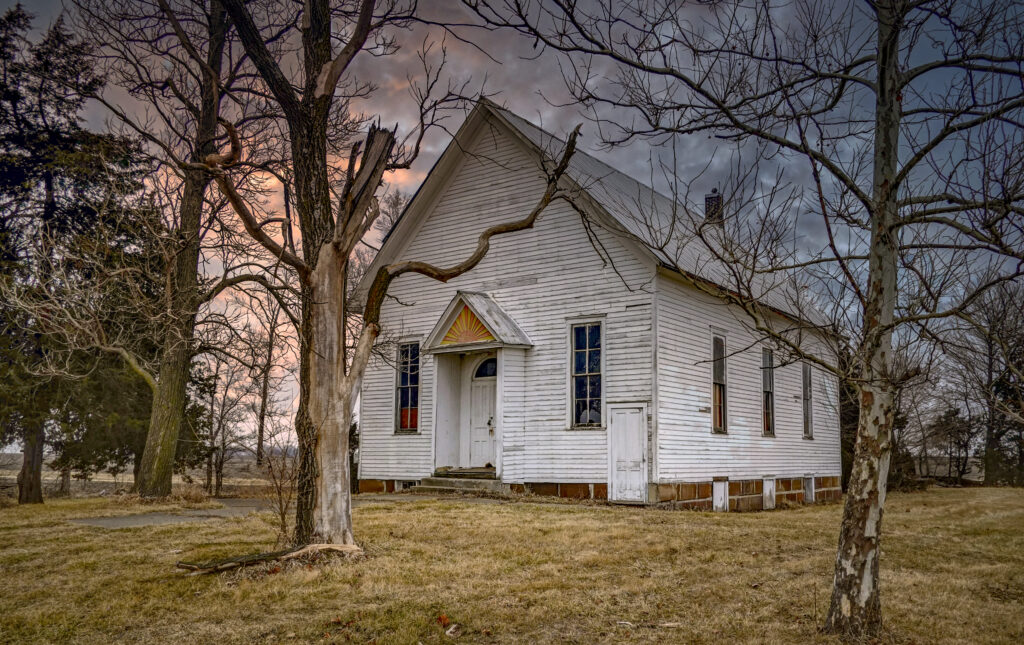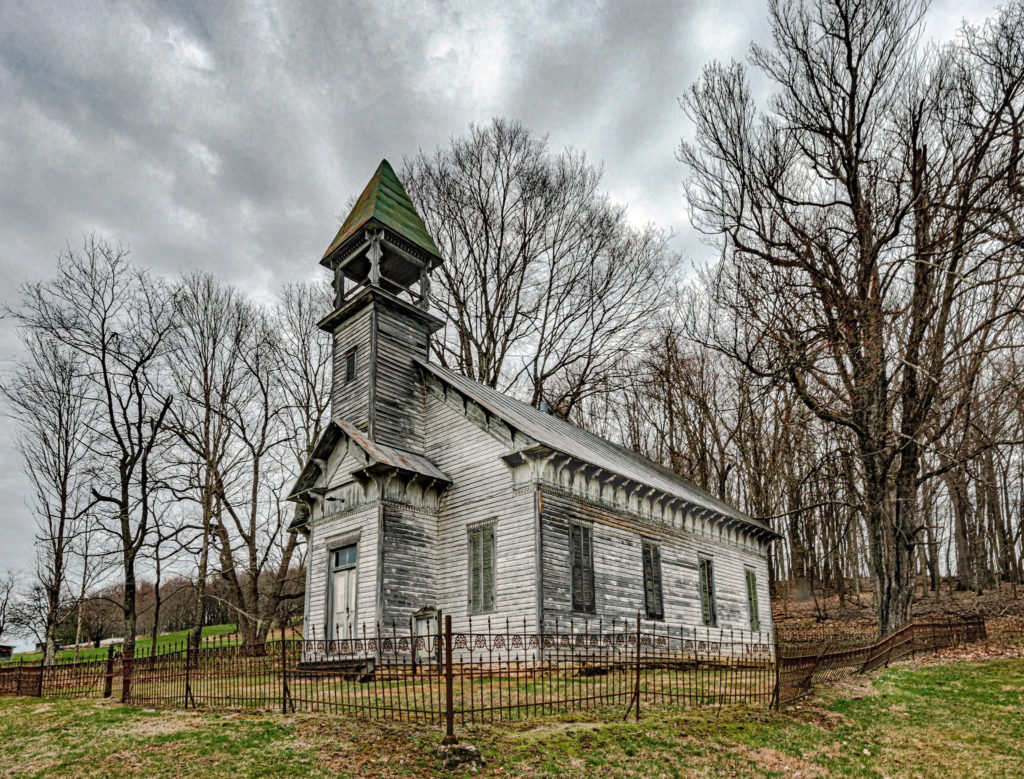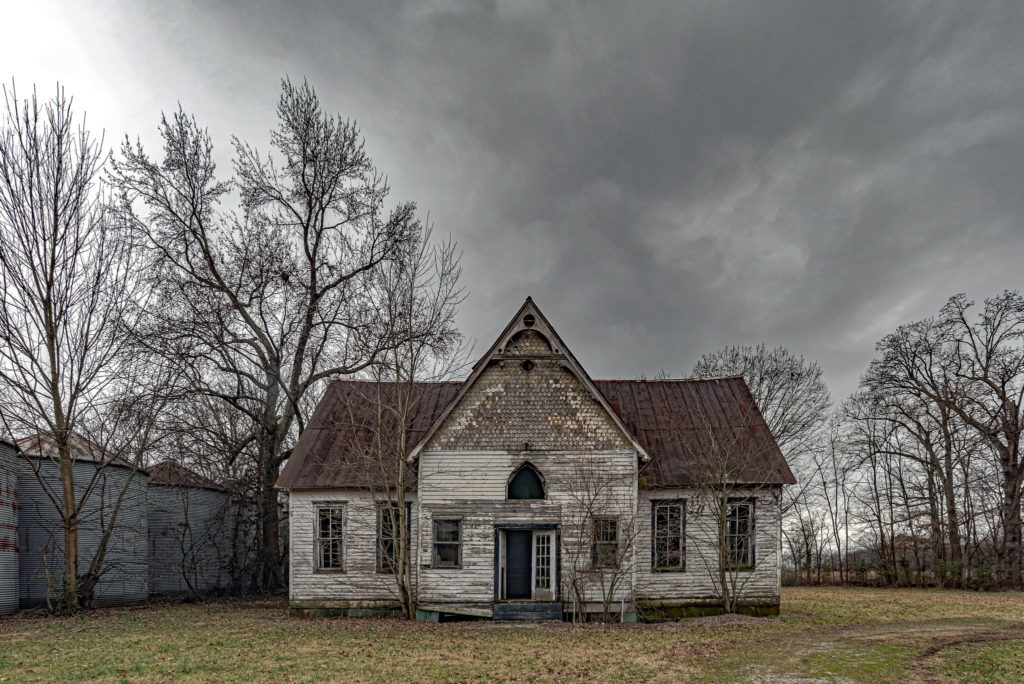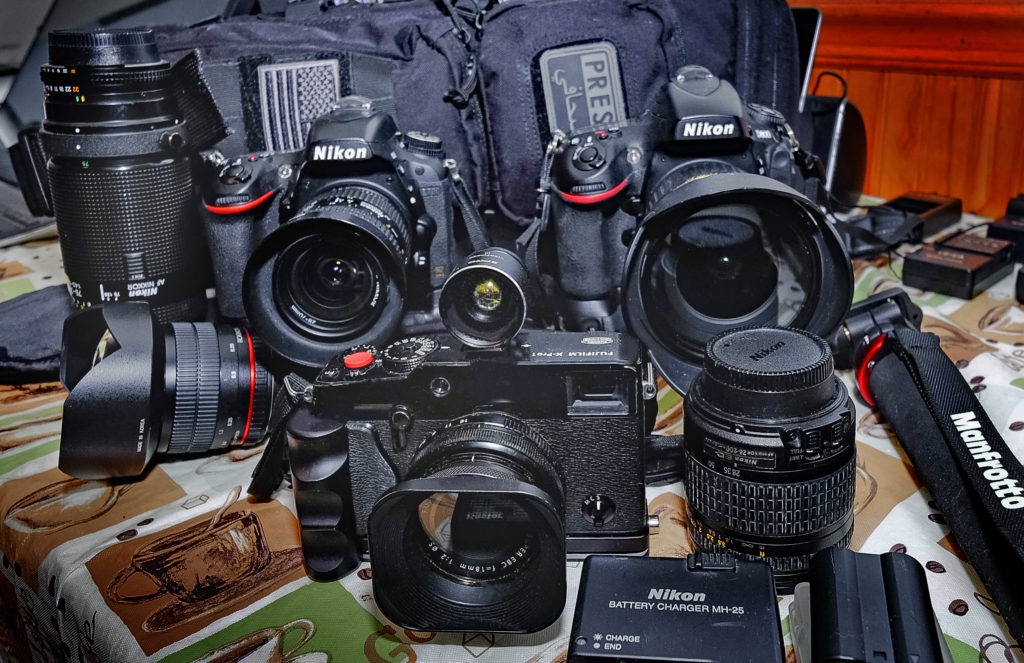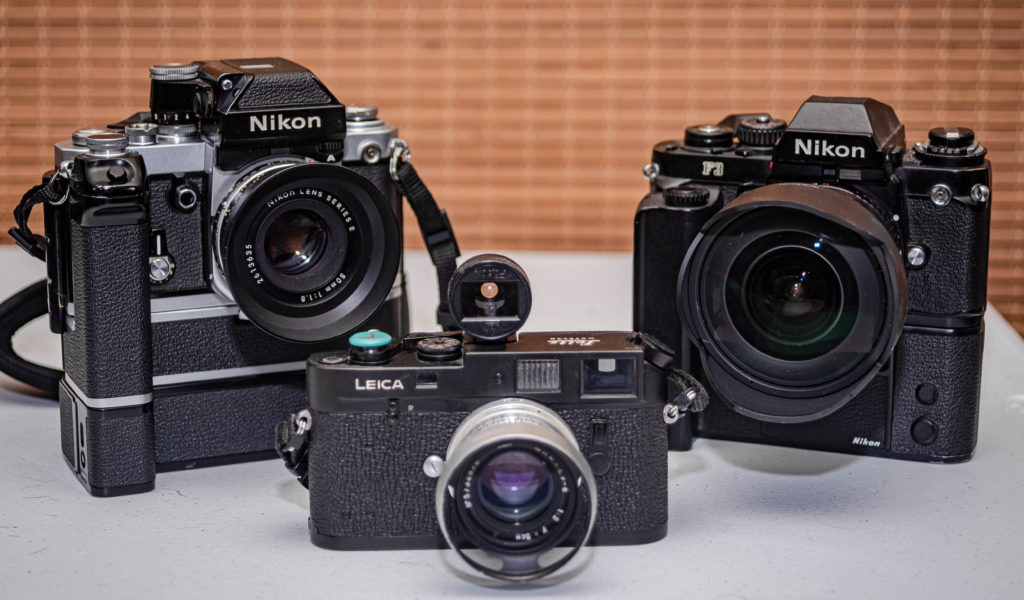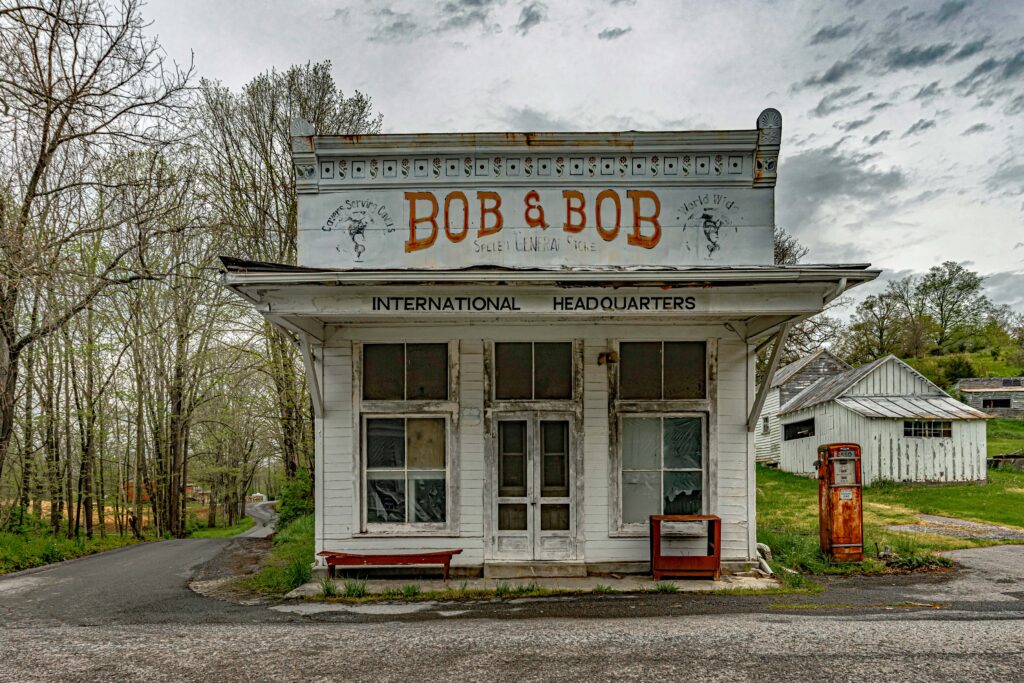
I had driven through Sinks Grove on my way to one destination or another, for work, but didn’t have time to stop and explore, or take pictures. I did, however, take note and mark the small Monroe County, WV community as a place to go back to and explore. There’s not much there any more for anyone looking for anything other than a largely abandoned backwoods town. There’s an operational post office, and that’s about it. Anyone in need of gas, snacks or just about anything else, will have to go elsewhere.
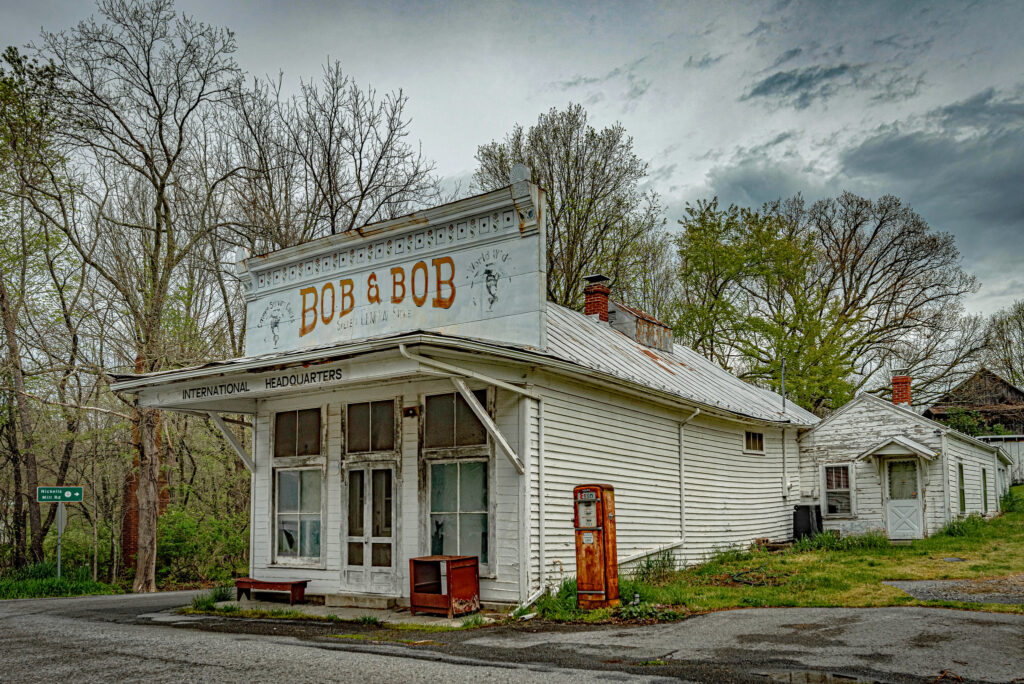
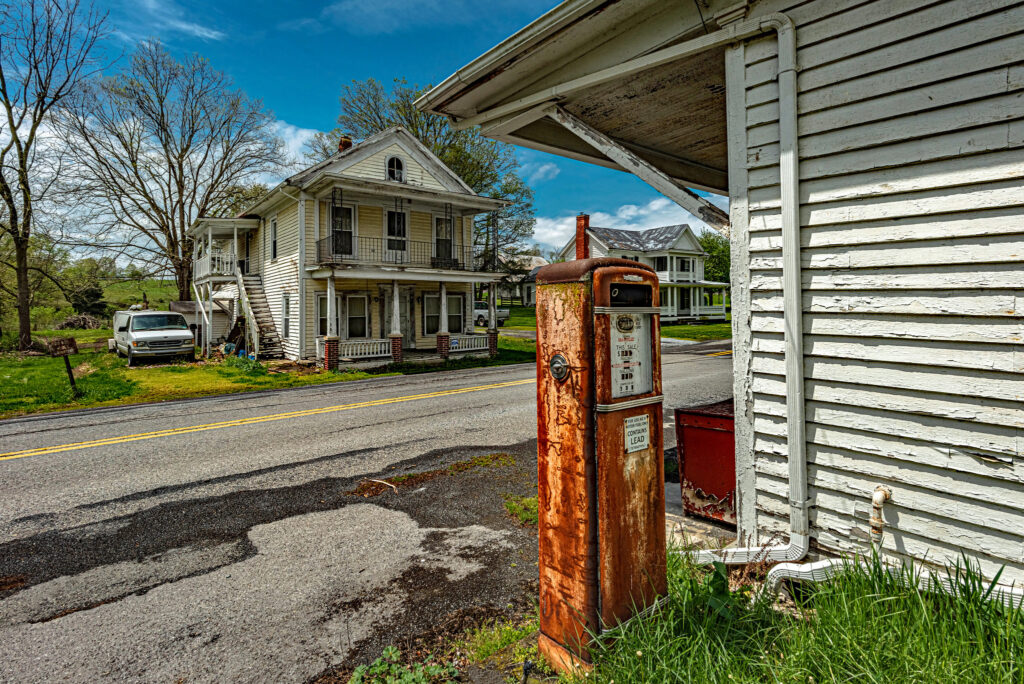
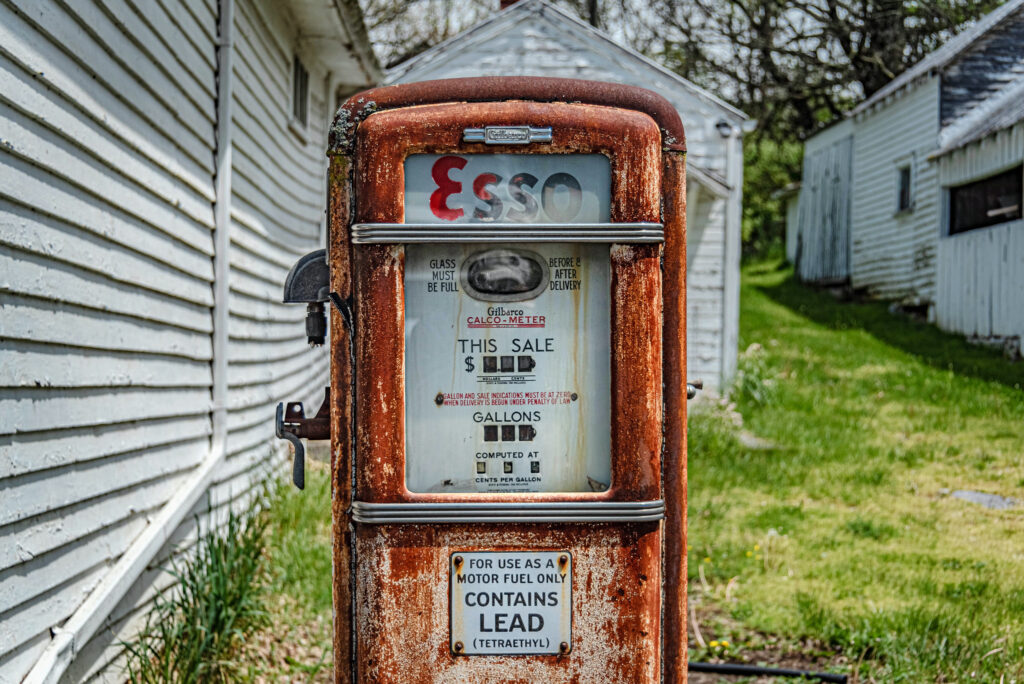
There’s a rusty Esso gas pump that once fueled cars and trucks in the community, when leaded gas was still a thing. It’s right beside Bob & Bob Speleo General Store. If you’re searching for caving gear and supplies, you’re out of luck. The store closed a few years back with the passing of it’s propritor, Bob Liebman, who was well known in speleological circles. His motto, still visible on the store-front facade “Cavers Serving Cavers.”
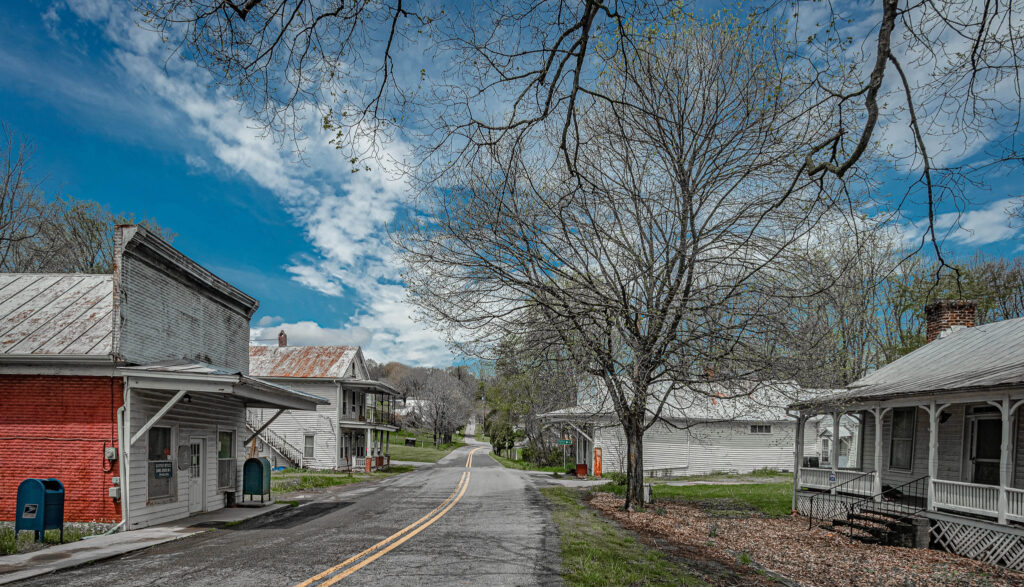
The location of the old store in Sinks Grove is appropriate. As you might have guessed, the town name refers to the many sink holes that dot the karstic landscape, denoting that the area below the ground is littered with caves, caverns and streams that have been cut through limestone bedrock.
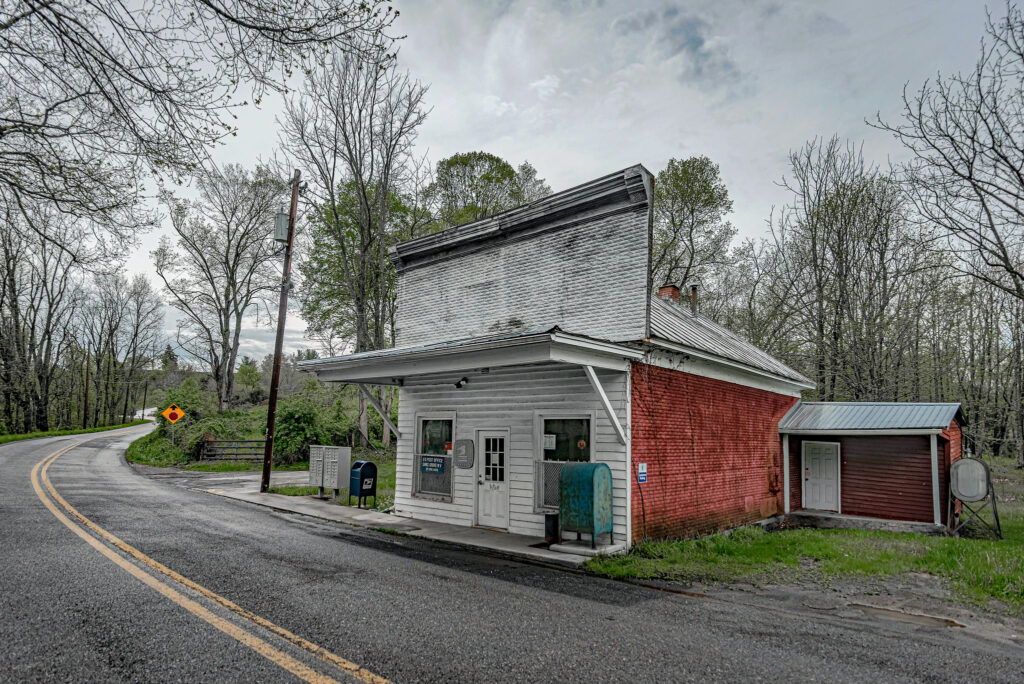
The rain had just quit, and my wife and I decided to get out of the house for a little while and explore , and maybe, get a picture, or two, between spring showers. Our pug and French bulldog, Daisy and Dolly, jumped into the truck, and we were off.
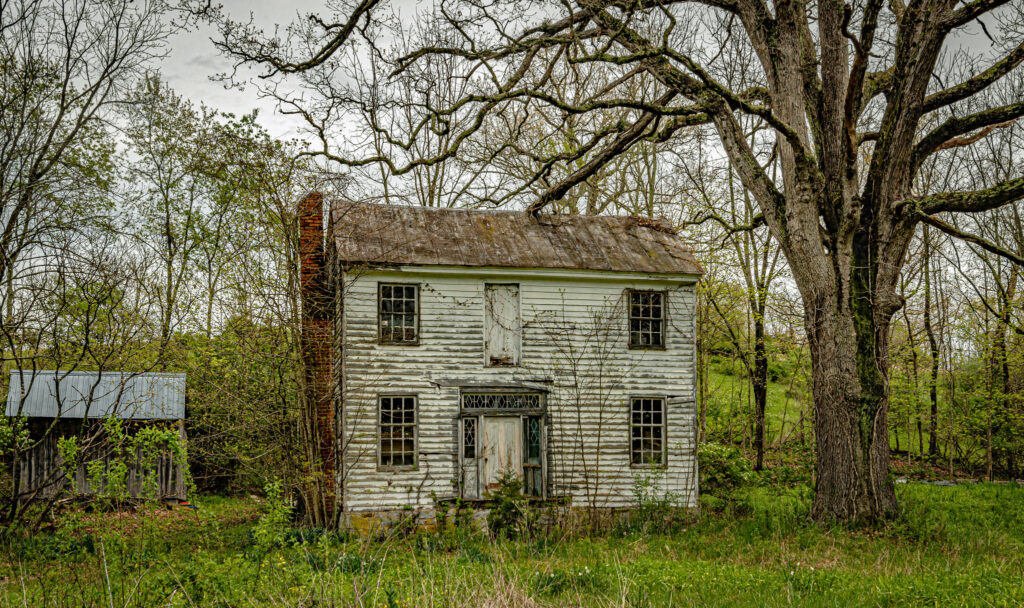

Sinks Grove is just a few miles northwest of Union, the Monroe County seat. The southern West Virginia county is a friendly place that somehow that has never made it fully into the 21st century. And, that is a plus in many respects. There’s no fast food restaurants. No traffic lights, and more cows than people, as the residents will proudly point out.
Sadly, many of the charming old Sinks Grove homes are in various stages of decline. I parked at the post office, the only place to pull off the road, and walked around the small community and snapped a few pictures. I’m going to do a little more research and make it back to the area, as I know there’s a lot more to see and record.

